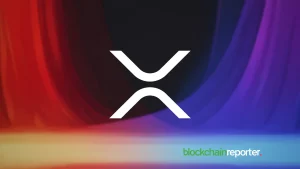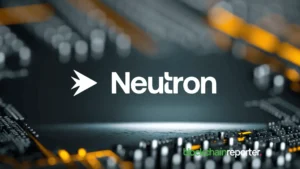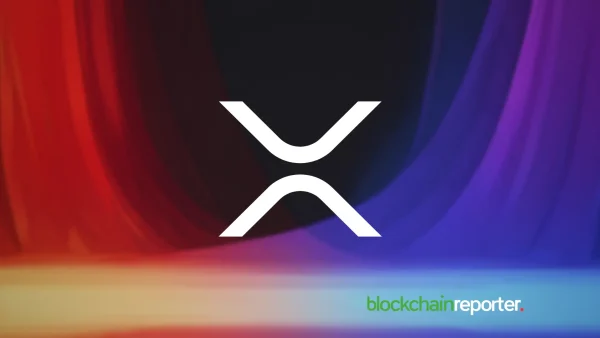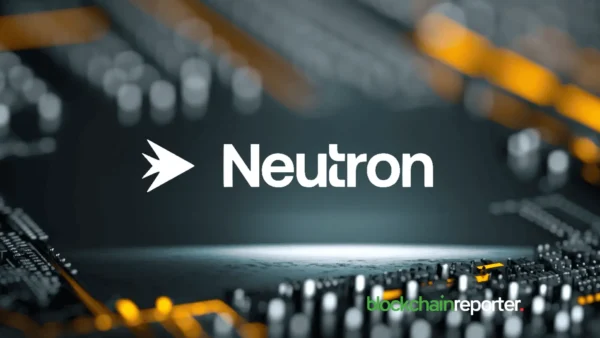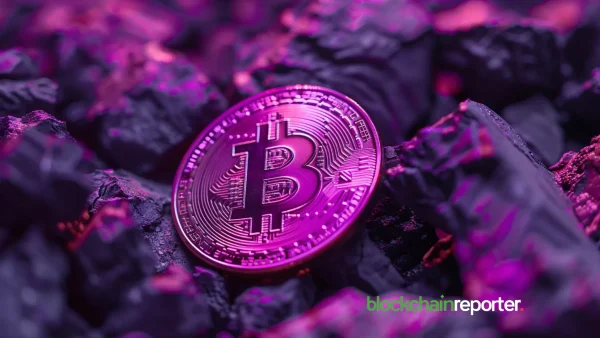
Ordinals have propelled Bitcoin to process more transactions in a day than ever before in its 14-year existence. On Sunday, the daily count of Bitcoin transactions skyrocketed to over 568,300, surpassing its prior peak during the height of the 2017 bull market by almost 78,000 transactions.
Of the total transactions, more than 307,000 were Ordinals, marking a new single-day high and representing a 16% increase from the previous record set just the day before, according to data from the Dune dashboard. This implies that Ordinals made up roughly 54% of Bitcoin’s overall daily transaction count during its historical high.
The Role of Ordinals in Bitcoin Transactions
Ordinals made their debut in January and enable the attachment, or “inscription,” of data such as audio, art, and video games to individual satoshis, which represent BTC’s smallest unit. This creates a distinct digital asset similar to an NFT based on Ethereum. However, unlike NFTs, the associated data is entirely stored on the Bitcoin blockchain rather than being hosted externally, as is commonly seen.
According to Glassnode, over 2.39 million Ordinals have been inscribed so far, and the company has observed a significant change in the character of Bitcoin mempools this year. (Bitcoin mempools are where unconfirmed Bitcoin transactions are stored.)
Apart from Ordinals, Glassnode reports that the majority of Bitcoin transactions at present are financially motivated, frequently instigated by cryptocurrency exchanges. It is worth noting that Inscriptions make up roughly 30% to 40% of processed transactions and 10% to 20% of the fees paid, according to Glassnode.
The record-breaking surge in Bitcoin transactions, particularly those involving Ordinals, underscores the growing popularity of blockchain-based assets as a means of transacting and storing value. As more and more users embrace this technology, we can expect to see continued growth in the use of Bitcoin and other cryptocurrencies as viable alternatives to traditional financial systems.
Furthermore, the surge in financial transactions, particularly those originating from crypto exchanges, also indicates a growing mainstream acceptance of cryptocurrencies as a legitimate asset class, further boosting the overall growth and adoption of the cryptocurrency ecosystem.


